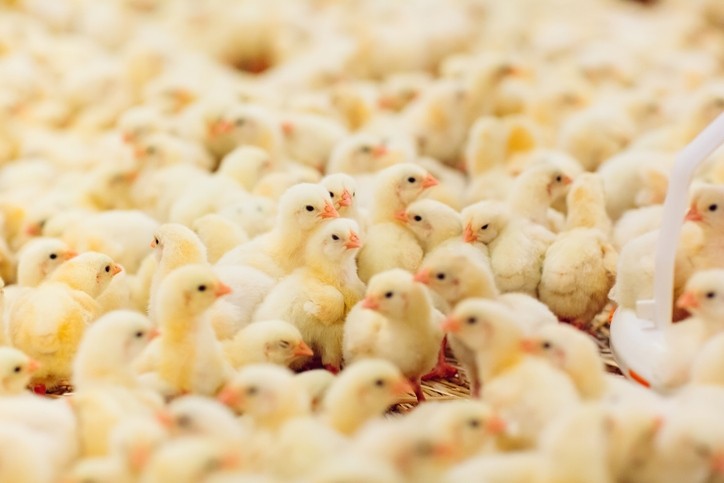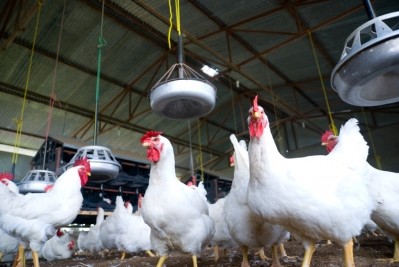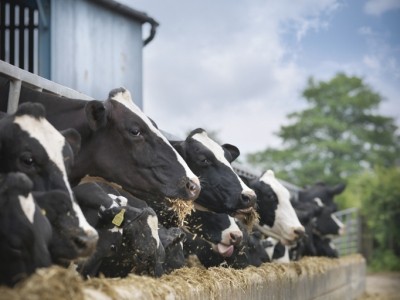Can heat stress in broilers be detected at an early stage?

Wageningen University and Research (WUR) is currently investigating whether heat stress in birds can be detected already at an early stage, based on changes in the behaviour of the chickens, and what management strategies can help reduce the impact of heat stress as much as possible.
Heat stress in broilers
The first changes that can be detected at high temperatures are likely changes in the behaviour of the chickens. At high temperatures, broilers might, for example, show an increase in how much water they drink and a decrease in their activity levels and feed intake.
Furthermore, when the temperatures are too high, broilers might sit more with their wings spread out and start breathing more heavily. These changes will be visible sooner than a reduced performance or increased mortality, which might be the eventual consequences of prolonged heat stress, reported the WUR team.
Early detection of behavioural changes
Given that changes in behaviour are likely the first indication of heat stress in broilers, automated detection of behaviour can potentially help to intervene quickly when heat stress arises.
In the first part of their study, the WUR scientists examined the activity of a small group of broilers during a heat wave in the Netherlands. “It was observed that the activity patterns of the broilers appear to change during high temperatures. When the ambient temperature was higher, the birds became less active during the light period during the day, but the activity increased during the dark periods at night. This is possibly linked to the fact that it is often relatively cool at night.”
Follow-up research
Indicators of heat stress in broilers can be detected automatically, using sensor technologies. This approach will be explored in the next phase of the WUR investigation.
The WUR team is looking to organize one or more discussion meetings with broiler farmers in the autumn, and they are urging broiler, layer, and parent stock farmers to get involved: “We also aim to gain more insight into the effectiveness of management adaptations already implemented in practice in order to reduce the impact of heat stress.”







